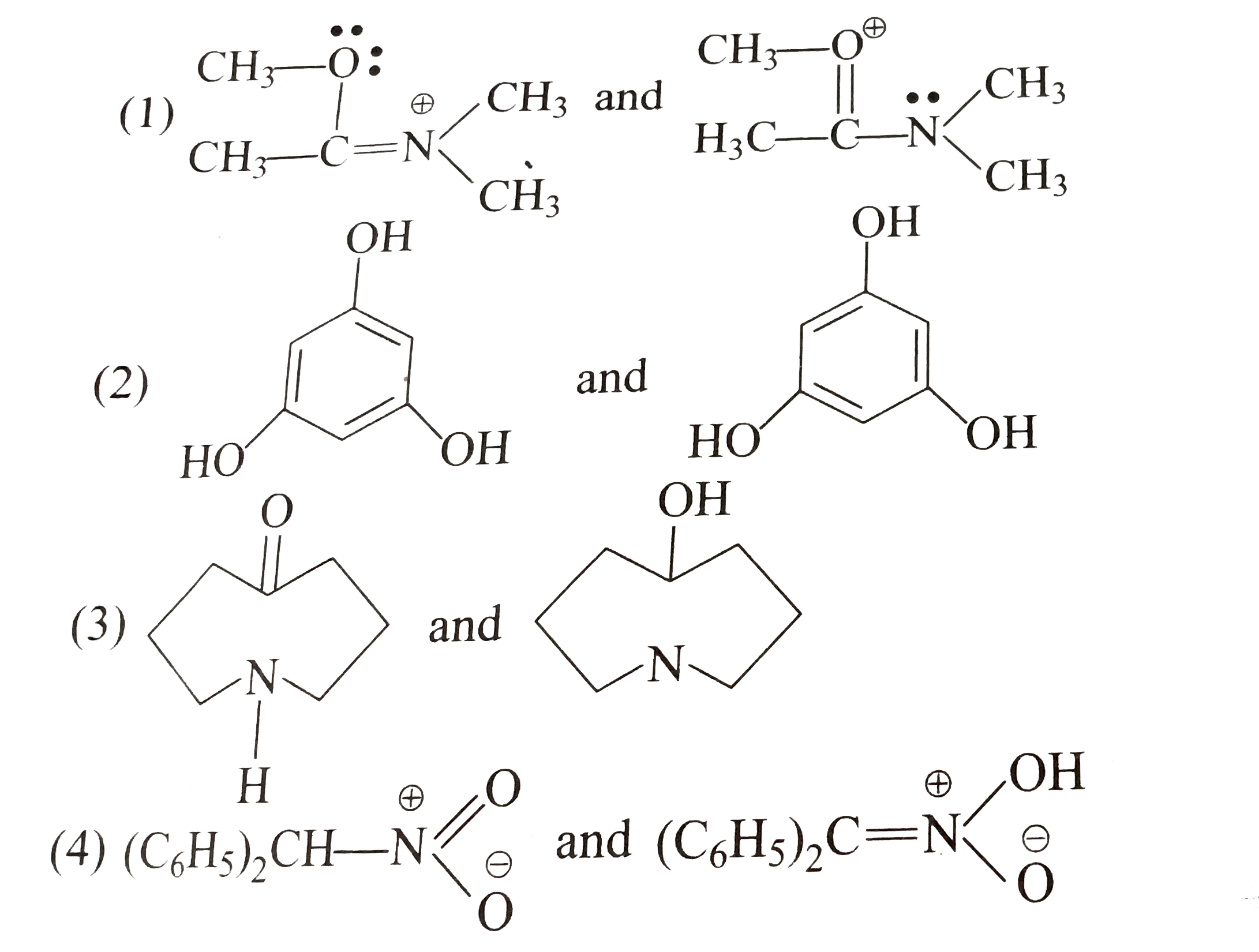Which of these pair of modified structures are homologous?
Spines and thorns
Cladophyll and phyllode
Phylloclade and cladode
Phyllode and phylloclade
To determine which pairs of modified structures are homologous, we need to understand the definitions and characteristics of homologous and analogous structures.
1. Understand Homologous Structures: Homologous structures are those that have a common evolutionary origin but may serve different functions. For example, the forelimbs of mammals like humans and bats have different functions (grasping vs. flying) but share a similar underlying structure.
2. Identify the Structures: In the question, we have several modified structures to analyze: cladophyll, phylloid, phyllochlad, spines, and thorns.
3. Classify the Structures:
- Cladophyll: This is a stem modification that resembles a leaf and is involved in photosynthesis.
- Phylloid: This is a leaf modification that is also involved in photosynthesis.
- Phyllochlad: This can be a modification of either leaves or stems, also involved in photosynthesis.
- Spines: These are modified leaves that serve a protective function.
- Thorns: These are modified stems that also serve a protective function.
4. Analyze the Relationships:
- Cladophyll and Phylloid: Both are involved in photosynthesis, but cladophyll is a stem modification while phylloid is a leaf modification. They have different functions but share a common origin as modifications related to photosynthesis.
- Phyllochlad and Phylloid: Both are leaf modifications, but phyllochlad can also come from a green stem. They have a similar origin and serve similar functions, but they are not strictly homologous due to their different origins.
- Spines and Thorns: Both serve a protective function but have different origins (spines from leaves, thorns from stems). Therefore, they are analogous, not homologous.
5. Conclusion: The pair that is homologous is Cladophyll and Phylloid because they share a common origin as modified structures, even though they serve different functions.
Final Answer:
Cladophyll and Phylloid are homologous structures.
- Cladophyll: This is a stem modification that resembles a leaf and is involved in photosynthesis.
- Phylloid: This is a leaf modification that is also involved in photosynthesis.
- Phyllochlad: This can be a modification of either leaves or stems, also involved in photosynthesis.
- Spines: These are modified leaves that serve a protective function.
- Thorns: These are modified stems that also serve a protective function.
- Cladophyll and Phylloid: Both are involved in photosynthesis, but cladophyll is a stem modification while phylloid is a leaf modification. They have different functions but share a common origin as modifications related to photosynthesis.
- Phyllochlad and Phylloid: Both are leaf modifications, but phyllochlad can also come from a green stem. They have a similar origin and serve similar functions, but they are not strictly homologous due to their different origins.
- Spines and Thorns: Both serve a protective function but have different origins (spines from leaves, thorns from stems). Therefore, they are analogous, not homologous.
Cladophyll and Phylloid are homologous structures.
Topper's Solved these Questions
Similar Questions
Knowledge Check
Which of the following pairs of structures is homologous?
AWings of grasshopper and forelimbs of flying squirrelBTentacles of Hydra and arms of starfishCForelimbs of a bat and forelegs of a horseDWings of a bird and wings of a mothWhich of the following pairs of structures is homologous?
AWings of Grasshopper and forelimbs of Flying SquirrelBTentacles of Hydra and arms of StarfishCForelimbs of a Bat and forelegs of a HorseDWings of a birds and wings of a MothWhich of the following structure is homologous to penis ?
Amons pubisBlabia majoraClabia minoraDClitoris
Which of the following structures is homologus to the wing of a bird?
View SolutionWhich of the following pairs belong to the same homologous series ?
View SolutionThe homologous structures are
View SolutionWhich of the following pairs of structure are resonance structure?

View SolutionWhich of the following pairs of organs is not homologous?
View Solution
